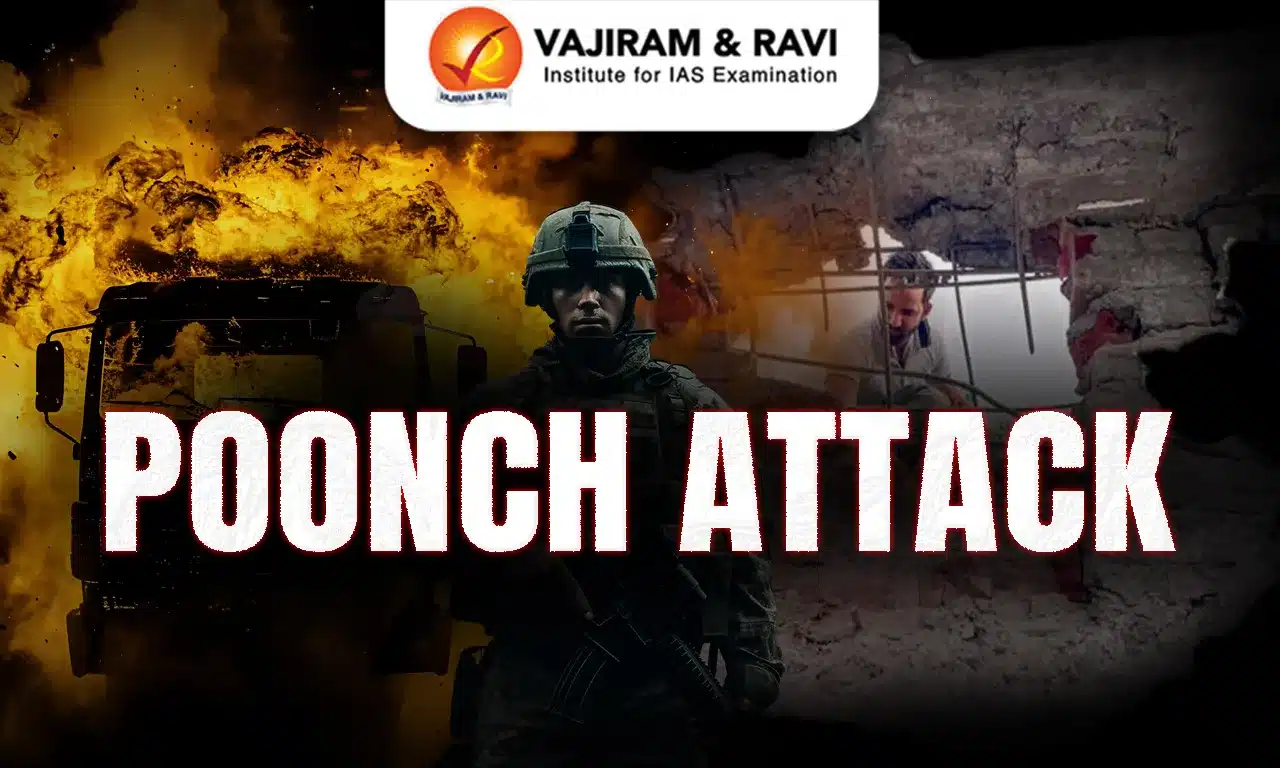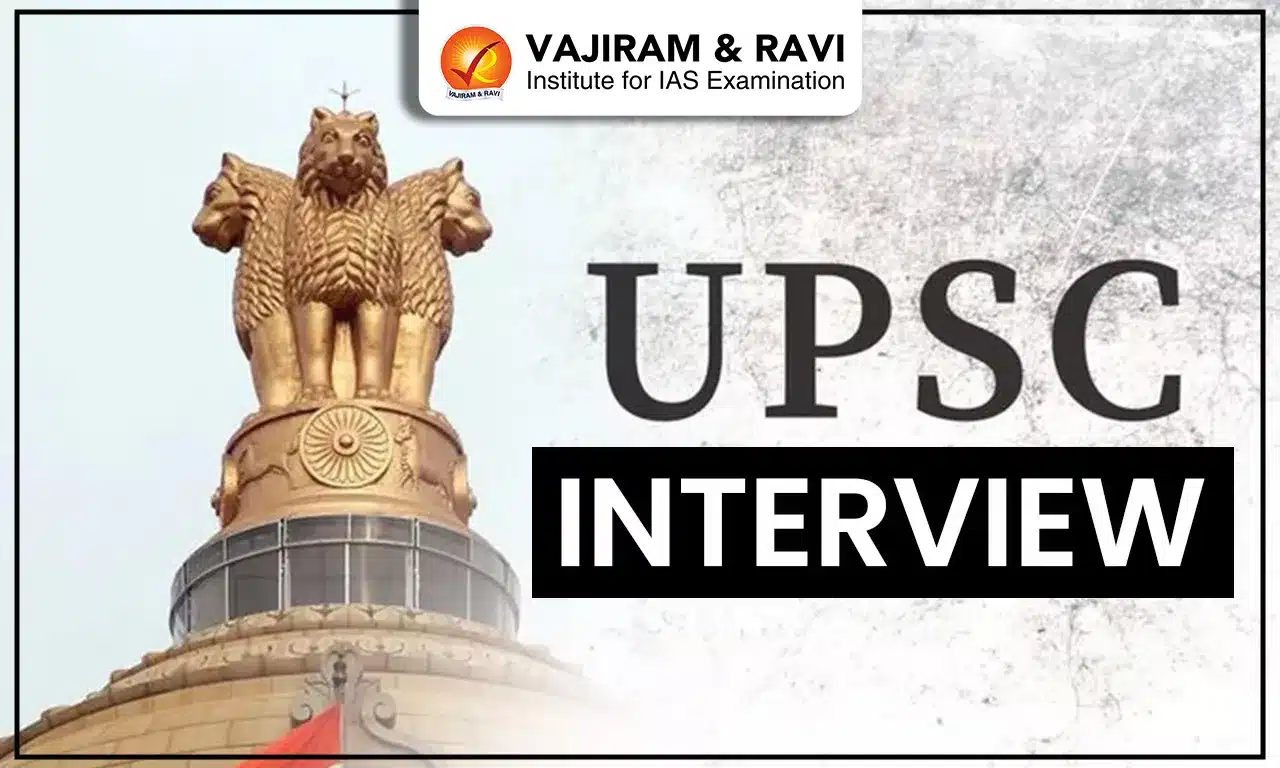Poonch Attack has been grabbing attention both nationally and globally, due to the growing humanitarian disaster in Jammu and Kashmir Poonch District. The attack took place after cross-border military clashes between ongoing India and Pakistan, especially Operation Sindoor- a counter terrorist attack on terror camps across Pakistan and Pakistan-occupied Jammu Kashmir in response to the Pahalgam terror attack that took place on 22nd April 2025.
Poonch Attack
After India conducted Operation Sindoor, Pakistan retaliated by aiming at civilian locations in Poonch, causing severe heavy casualties and damage. As per reports, around 12 civilians, including women and children were killed and many were injured in Poonch Attack. This attack has led to a tightening of the security situation in Poonch. The cross-frontier firing and attack on civilian zones has led to apprehensions regarding the escalation and the security of people in border regions.
Pakistan’s Poonch Attack after Operation Sindoor
Following India’s targeted strikes on terror infrastructure, Pakistan initiated heavy artillery and mortar shelling along the Line of Control (LoC), with Poonch becoming the most severely affected districts. This indiscriminate nature of the shelling has led to significant civilian casualties, including women and children from Sikh and Muslim communities, and caused extensive damage to homes, religious structures—such as a Gurudwara, mosque, and Geeta Bhawan and essential civilian infrastructure.
India’s Operation Sindoor was reportedly aimed at neutralising terrorist facilities while avoiding civilian harm. However, the subsequent escalation from the Pakistani side has prompted a firm military response from the Indian Army, which is reported to have targeted Pakistani posts along the LoC. The situation remains tense, with national and international attention focused on whether this exchange will intensify or give way to a process of de-escalation.
Also Read: War Mock Drill
Poonch Gurudwara Attack
The aftermath of Operation Sindoor on Wednesday, May 7, 2025, has left the Poonch district in a state of deep grief and heightened tension. Among the most distressing incidents was the shelling of the Central Gurudwara Sri Guru Singh Sabha Sahib, resulting in the partial destruction of the structure. Several members of the Sikh community lost their lives in the attack, including a raagi (hymn singer), a granthi (scripture reader and tabla player), and local shopkeepers.
In addition to the Gurudwara, other civilian and religious sites—including residential areas, local markets, a mosque, and a Geeta Bhawan—were also damaged in the Poonch shelling. The assault has triggered mass fear and forced displacement, with numerous families compelled to flee their homes in search of safety.
The targeting of unarmed civilians and places of worship has drawn sharp condemnation from Sikh religious leaders, political representatives, and community voices. They have demanded an immediate end to hostilities and called for accountability and justice for the victims.
Poonch District of Jammu and Kashmir
Poonch is a district in Indian Union Territory of Jammu and Kashmir in Jammu division. The district is flanked by the Line of Control in its north, west and south region, effectively bordering Pakistan-administered Kashmir on three sides.
Poonch District Geography
Poonch District is spread over an area of 1,674 square km. It is a mountainous terrain, marked by Pir Panjal Range that divides it from Kashmir Valley to the northeast. The demographic region represents the population of Islam(approx 44%) , Sikhism(approx 33% )and Hinduism (approx 21%), showcasing a cultural distinctive mix. The languages spoken include Pahari, Gojri, Kashmiri, Dogri, Urdu and Hindi.
Poonch District History
Poonch holds a deep-rooted historical and cultural legacy, with mythological links to Lord Rama and the Pandavas. It is believed to have been named after Maharishi Pulastya. In ancient records, it was known as Dravabhisar during Alexander’s invasion in 326 BC and later rose as an independent state in the 9th century AD.
During the early 19th century, Poonch came under the Sikh Empire and subsequently functioned as a jagir under the Dogra rulers of Jammu and Kashmir until the 1940s. The Indo-Pak conflict of 1947–48 led to the bifurcation of the original Poonch district, with the western region becoming part of Pakistan-administered Azad Kashmir.
Today, the Poonch district comprises six tehsils—Haveli, Mandi, Mendhar, Surankote, Mankote, and Balakote—which are subdivided into eleven administrative blocks and encompass a total of 179 villages.
Last updated on December, 2025
→ Check out the latest UPSC Syllabus 2026 here.
→ Join Vajiram & Ravi’s Interview Guidance Programme for expert help to crack your final UPSC stage.
→ UPSC Mains Result 2025 is now out.
→ UPSC Notification 2026 is scheduled to be released on January 14, 2026.
→ UPSC Calendar 2026 is released on 15th May, 2025.
→ The UPSC Vacancy 2025 were released 1129, out of which 979 were for UPSC CSE and remaining 150 are for UPSC IFoS.
→ UPSC Prelims 2026 will be conducted on 24th May, 2026 & UPSC Mains 2026 will be conducted on 21st August 2026.
→ The UPSC Selection Process is of 3 stages-Prelims, Mains and Interview.
→ UPSC Result 2024 is released with latest UPSC Marksheet 2024. Check Now!
→ UPSC Prelims Result 2025 is out now for the CSE held on 25 May 2025.
→ UPSC Toppers List 2024 is released now. Shakti Dubey is UPSC AIR 1 2024 Topper.
→ UPSC Prelims Question Paper 2025 and Unofficial Prelims Answer Key 2025 are available now.
→ UPSC Mains Question Paper 2025 is out for Essay, GS 1, 2, 3 & GS 4.
→ UPSC Mains Indian Language Question Paper 2025 is now out.
→ UPSC Mains Optional Question Paper 2025 is now out.
→ Also check Best IAS Coaching in Delhi
Poonch Attack FAQs
Q1. What is Operation Sindoor?+
Q2. What is All Eyes on Poonch?+
Q3. Where was the Poonch Attack carried out?+
Q4. When did the Poonch Attack take place?+
Q5. Where is Poonch District located+

















